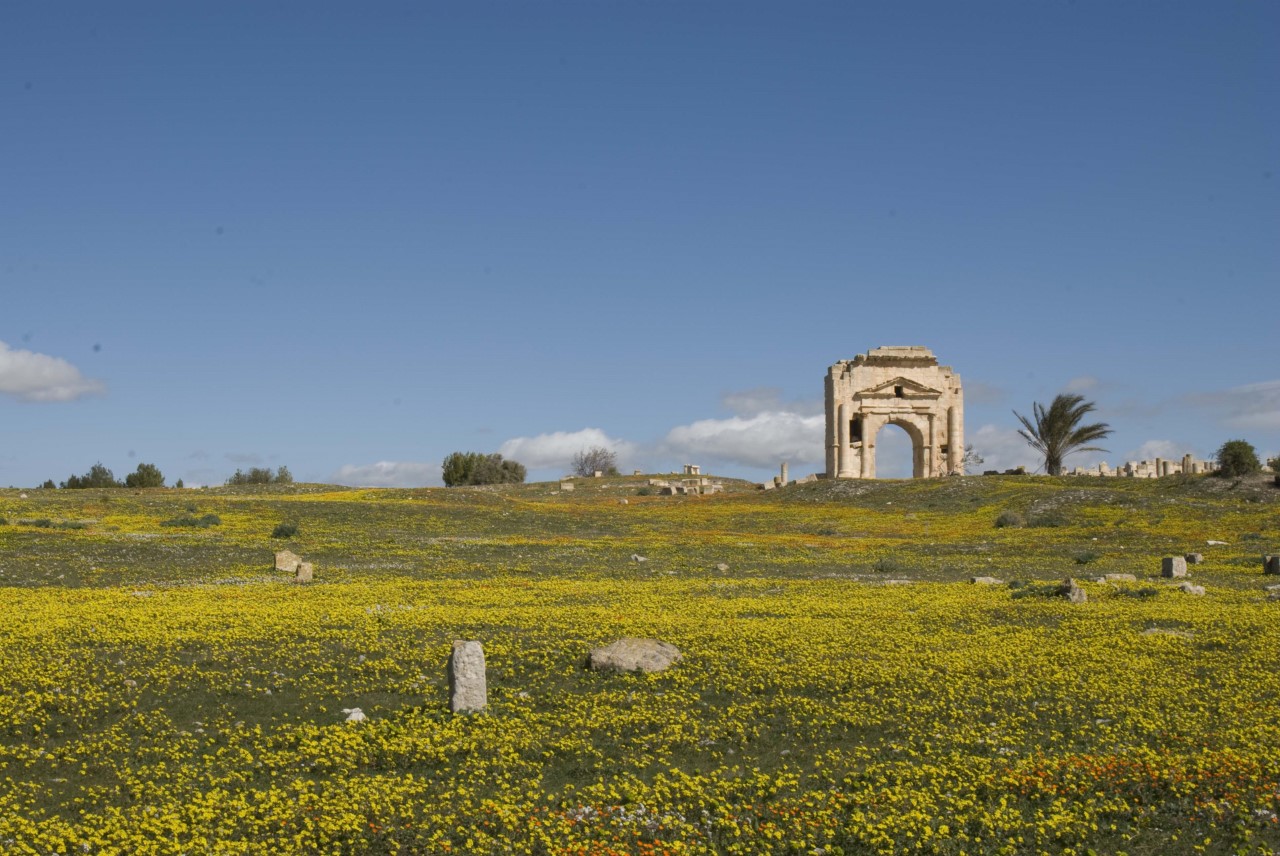Lecture: Micro-regional Urbanism in Roman North Africa
by Dr Paul Scheding, Assistant Professor at the Department of Classical Archaeology, Ludwig-Maximilians-Universität, Munich.
During the second century CE, North Africa experienced a significant economic growth. As a result, the African communities erected all kinds of monumental buildings in their cities and settlements. The local elites, who were responsible for enhancing cityscapes with monuments, were also deeply involved in agricultural production in the respective territories, although there was a considerable degree of variation in the conditions of land use, organization of production, and administration across North Africa. The question is: what was the impact of the “local ecosystems” on public benefactions and elite patronage? Furthermore, did architecture and urbanism reflect the needs of the local elites? What were the main factors that influenced the conception of architecture and urbanism in a particular region? The focus of this talk is on the large number of small cities in the hinterland of Roman Carthage and their relationship to different estates. Using the example of Carthage’s pertica and the “boom” of the late second century CE, the paper will discuss how agricultural organization and socio-economic development influenced cityscapes in this micro-region.
CLICK HERE TO REGISTER FOR THIS EVENT
About the speaker:

Dr Paul Scheding is assistant professor at the Department of Classical Archaeology at the Ludwig-Maximilians-Universität in Munich. He has undertaken extensive field research and fieldwork in Tunisia for more than ten years, particularly at Simitthus (Chemtou) and Meninx (Djerba). He is currently carrying out an excavation project at Terracina, south of Rome, to investigate the local monuments’ Hellenistic features. An expert of ancient urbanism, micro-urbanism, and architecture, he has published a range of papers on these topics and a monograph on “Urbaner Ballungsraum im römischen Nordafrika” (Reichert Verlag, 2019).




